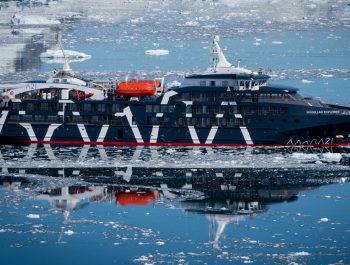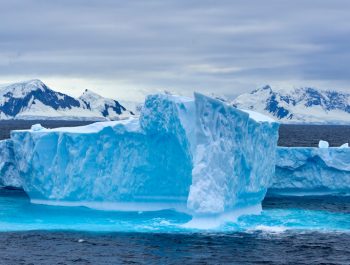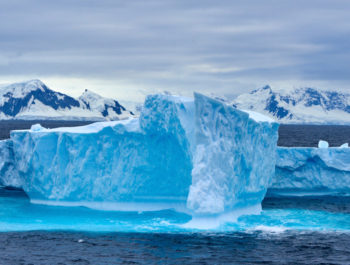My Visit To Antarctica

I was sitting in the hospital the day after my second son was born when Kevin Raber called. I left the room so I wouldn’t wake my wife and son, and in hindsight that was a good decision as I almost screamed out loud when he told me I was going to Antarctica. It’s been a little over a year since I travelled to Antarctica with this incredibly generous grant provided by Antarctica XXI, and I am still struggling to articulate my emotions and convey how this experience has irrevocably changed my life. I think about what I witnessed daily and constantly imagine how the region will transform in light of a changing climate over the coming years. The premise both fascinates and terrifies me; I need to get back and document these changes for the remainder of my life.
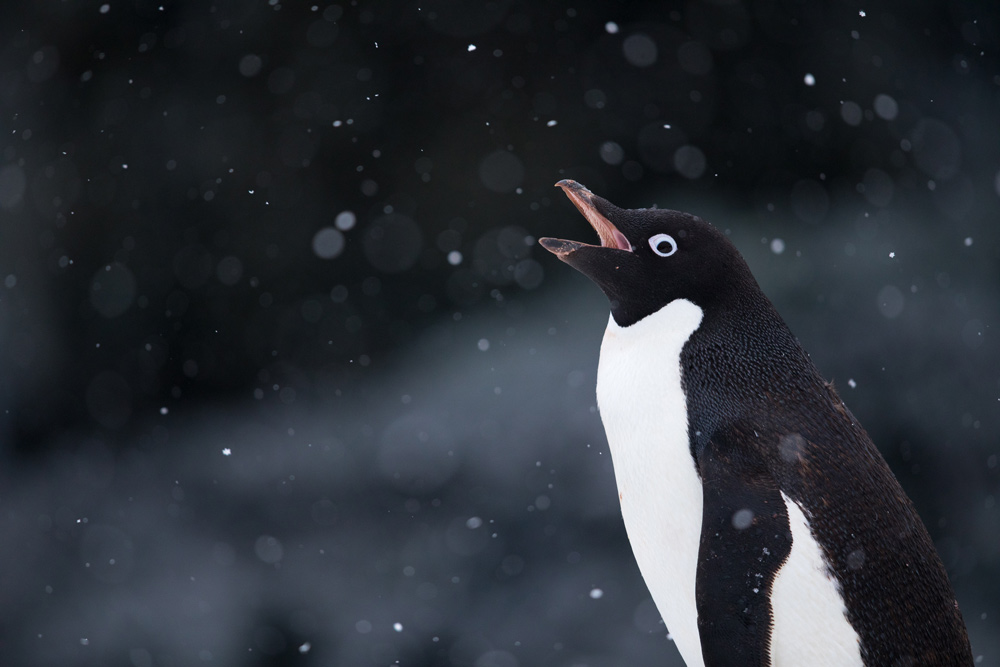
For over half my life I have been a photographer with a deep seeded interest ecology and climate change, so consequently I pursued higher education in both art and science. Upon completion of my bachelors in biology I weighed heavily on the idea of pursuing my masters and PhD focused on climate change in the boreal forests of the world. Ultimately, I decided to forgo that route and use my photography to communicate the impacts humans have on the natural world. At 32, I still long to continue my education and consequently have interjected myself into the science community by documenting and sharing what scientists are doing in Minnesota.
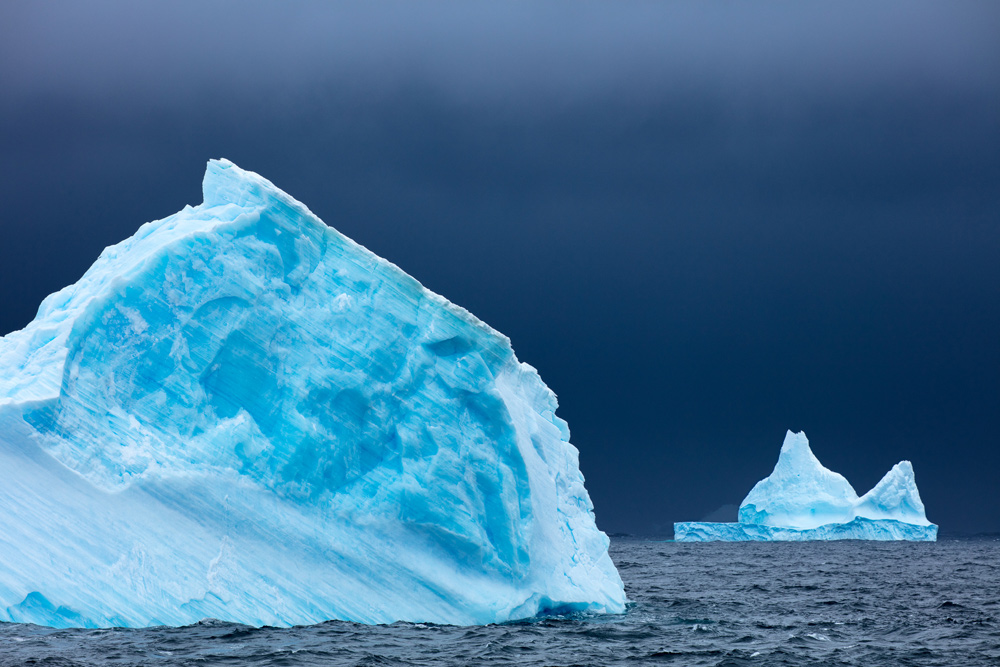
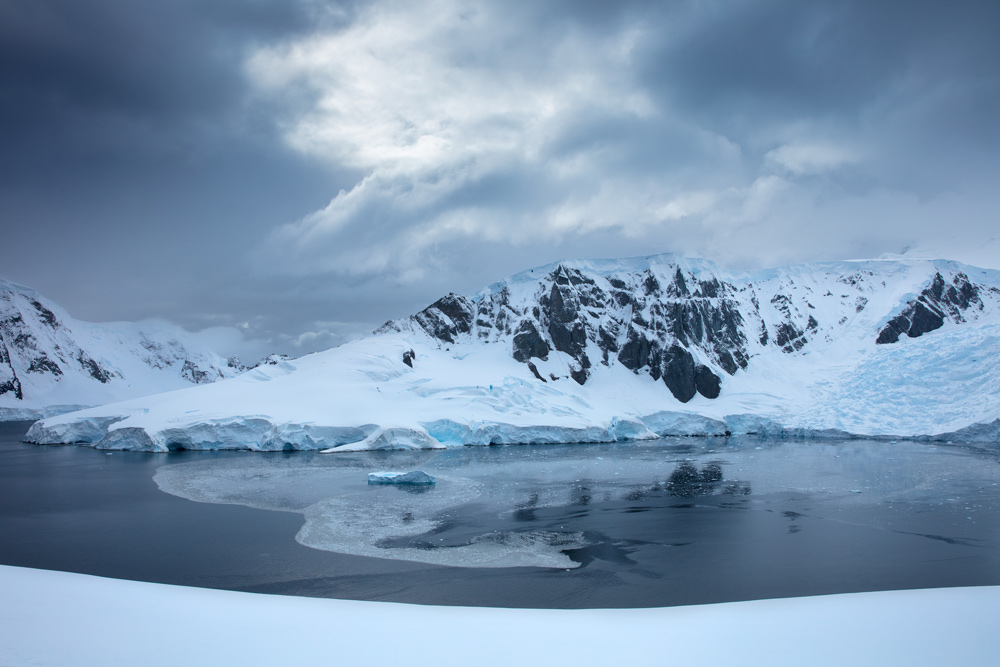
In my grant proposal, I argued that my background in science and photography could be used to tell the story of “Melting” in the Antarctic region. Upon arrival, I soon realized the difficulties of documenting such a complex process. Climate change cannot be seen during a week-long visit to a region, it requires immersion into a biome and watching these changes occur over time. I knew this to be true with my work back in Minnesota and why I chose to overlook this concept in Antarctica is beyond me. Nevertheless, I spent my time capturing elements that illustrated a changing environment. Melting ice and snow, rain, oceans free of brash and sea ice, and lethargy in penguin chicks. I spent the duration of trip behind the lens, focused on anything and everything.
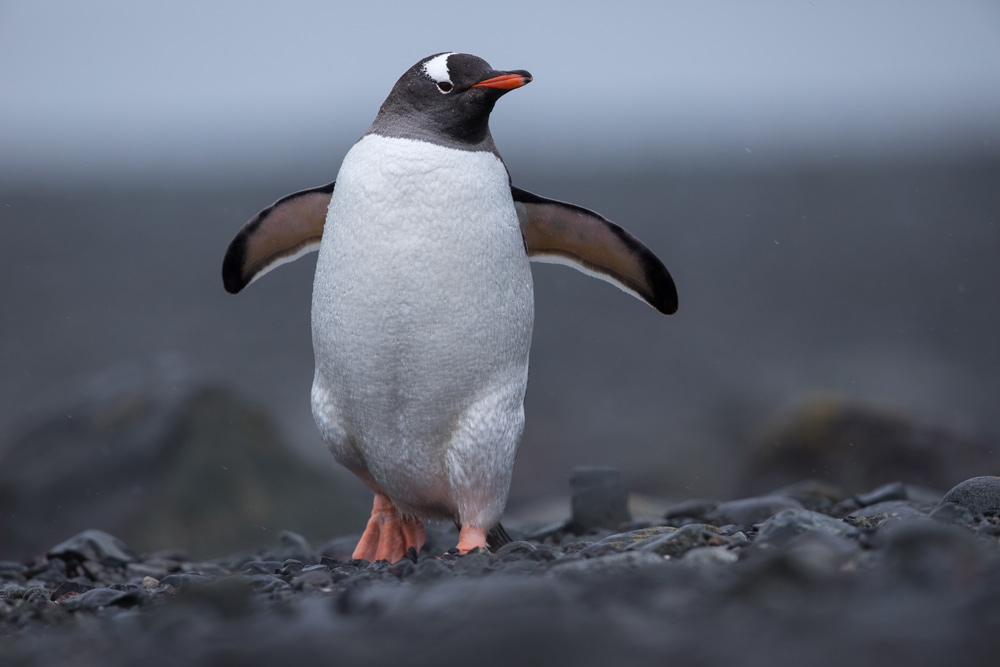
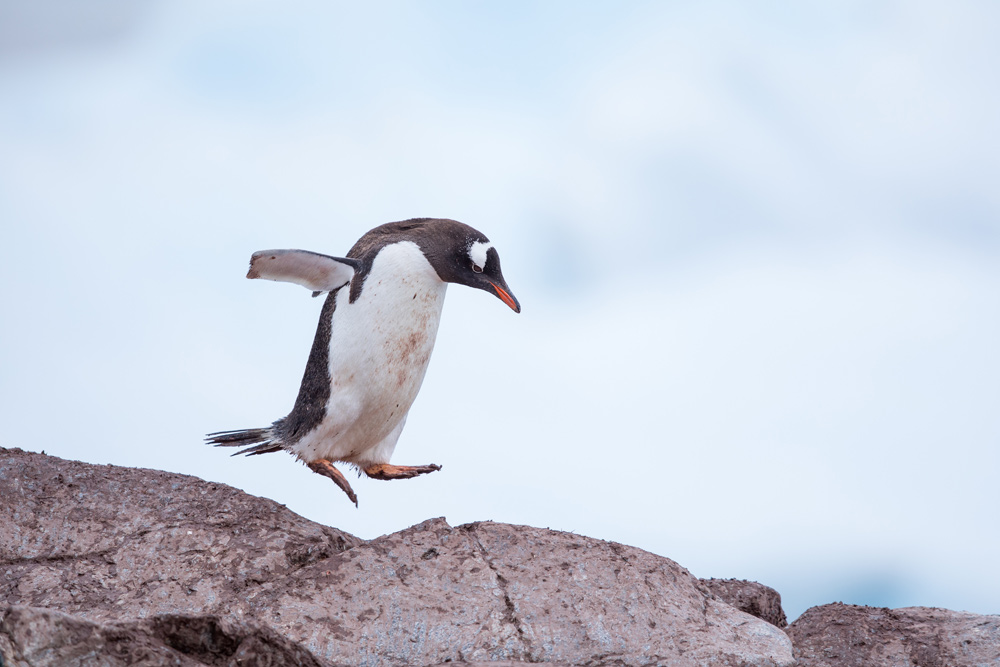
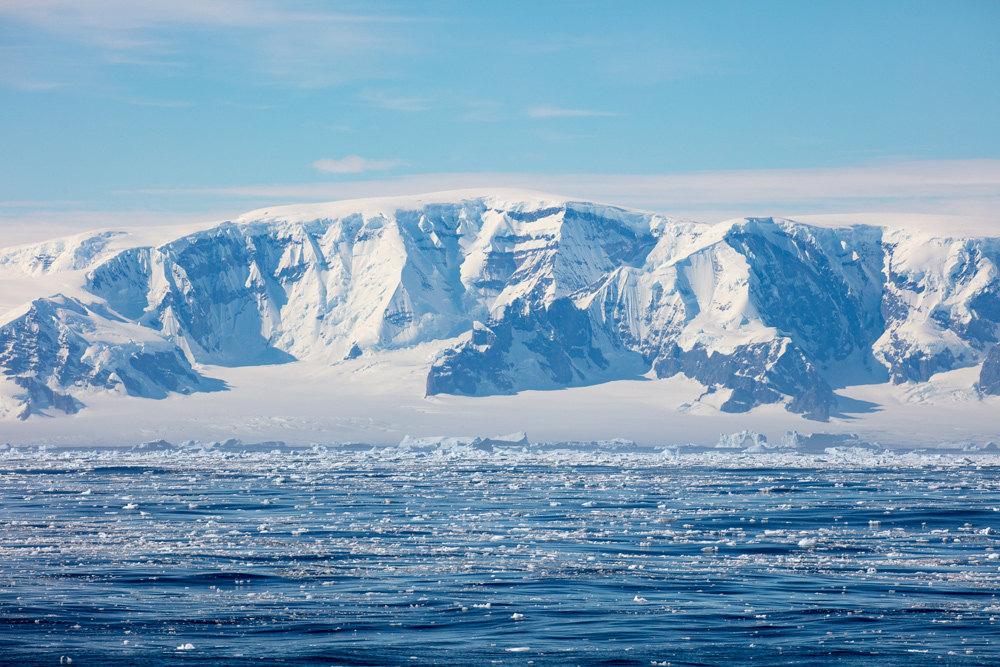
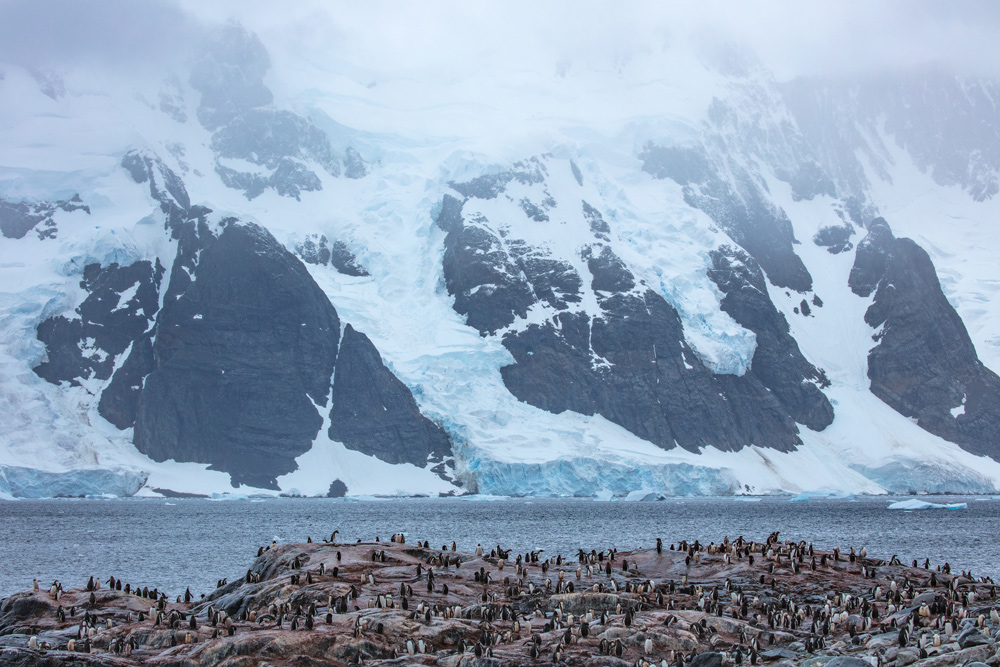
As the ship set sail our first morning, I couldn’t help but revel in shock at the landscape. Mountains that descended into the sea, mammoth icebergs starting as specs on the horizon that ended up dwarfing the ship, 50+ whales of 3 species within the first 2 hours aboard. It was unlike anything I had seen or imagined. The wildest place on the planet, and I had only been there for 4 hours. Needless to say, I was hooked immediately, and I hadn’t even been on a zodiac or to a penguin rookery yet. My mind was about to explode with astonishment for 7 more days.
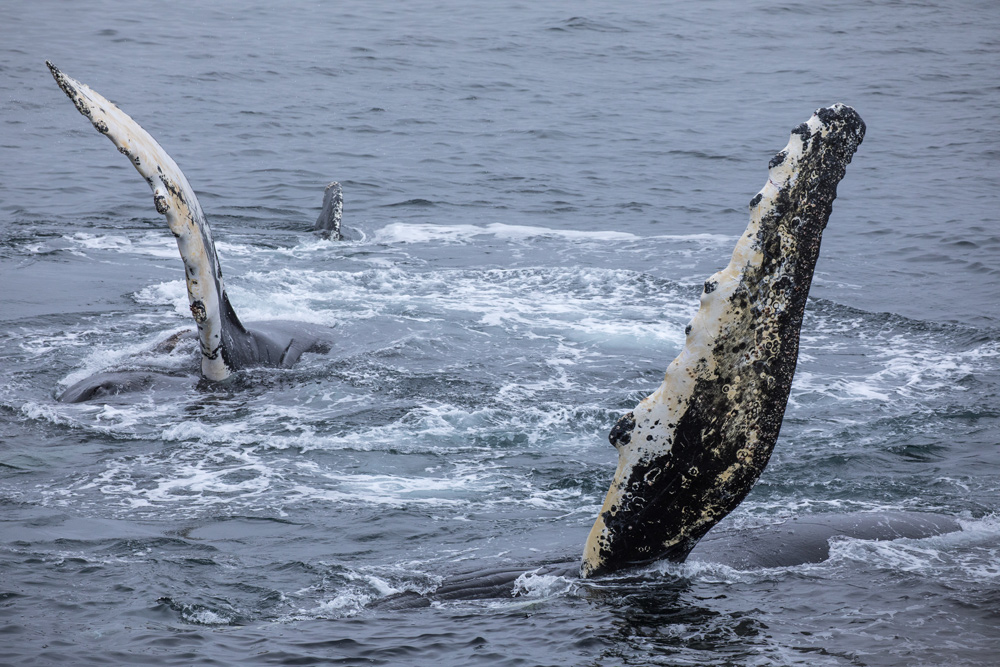
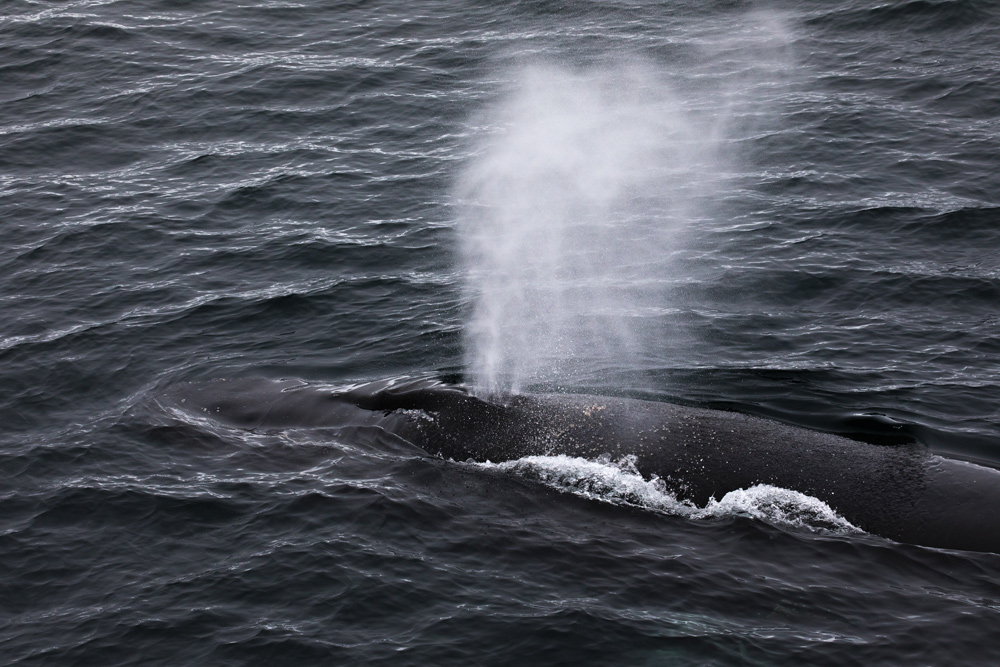
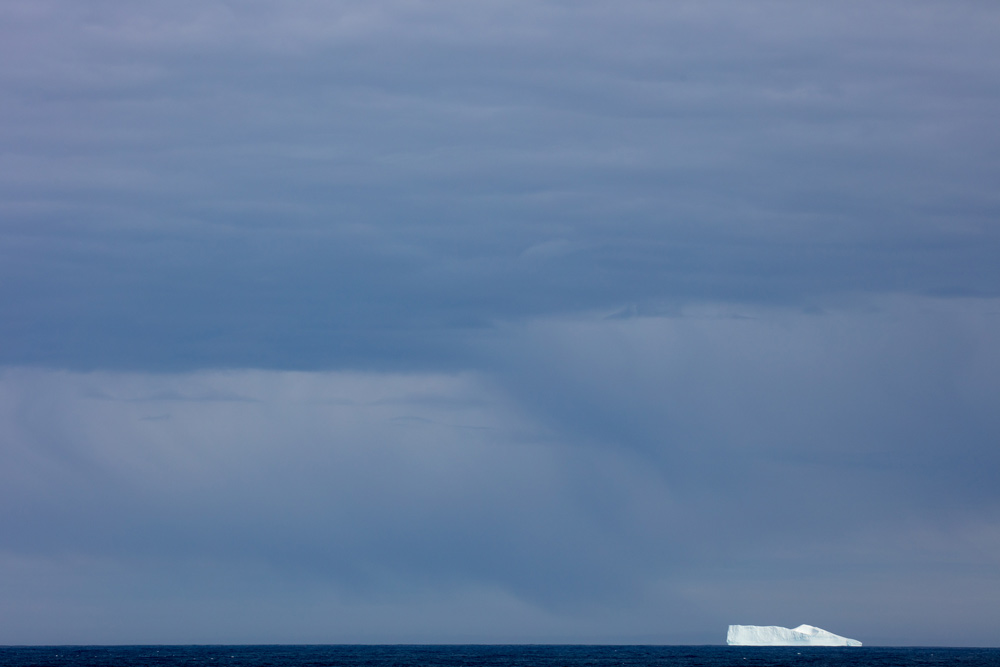
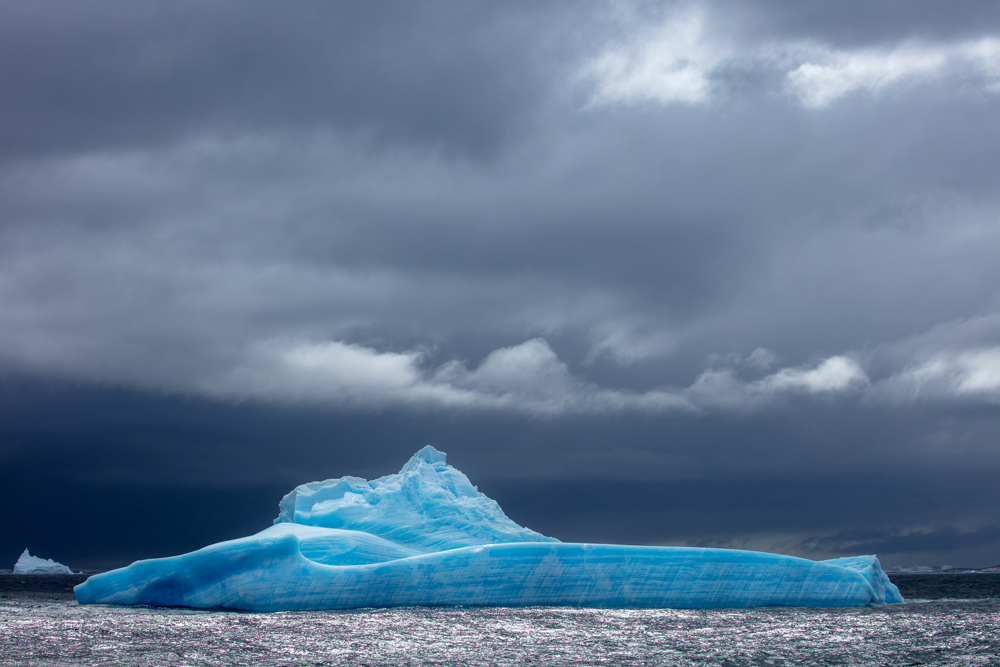
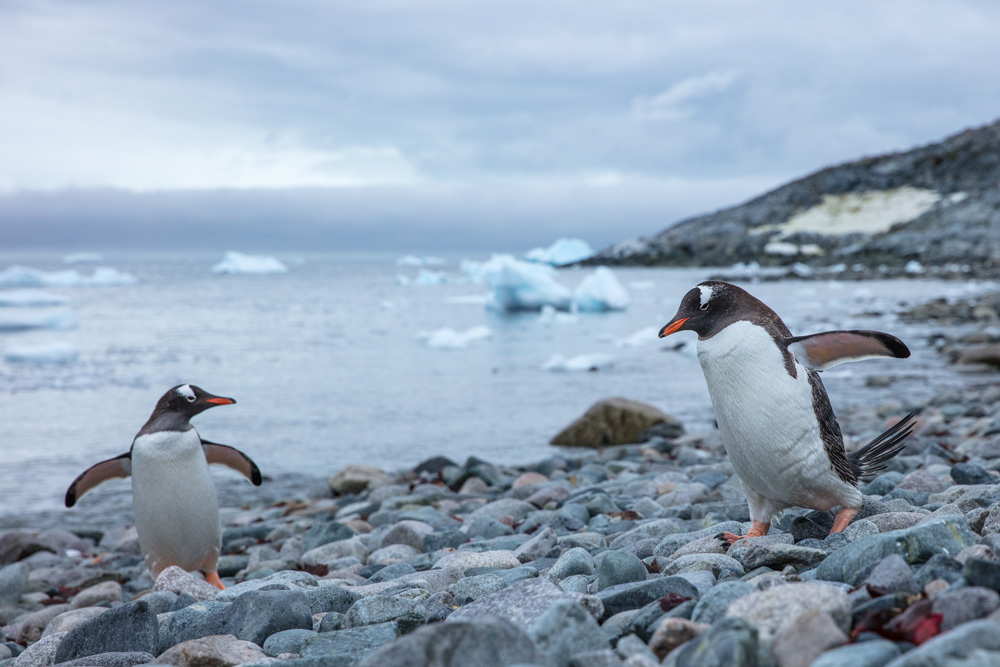
Let me say one thing. PENGUINS. Just penguins. Never had I imagined the quirky and charismatic personalities these feisty little birds would have. And each species demeanor varied greatly. I instantly became obsessed, and rightfully so. These aquatic birds embody quintessential Antarctica.
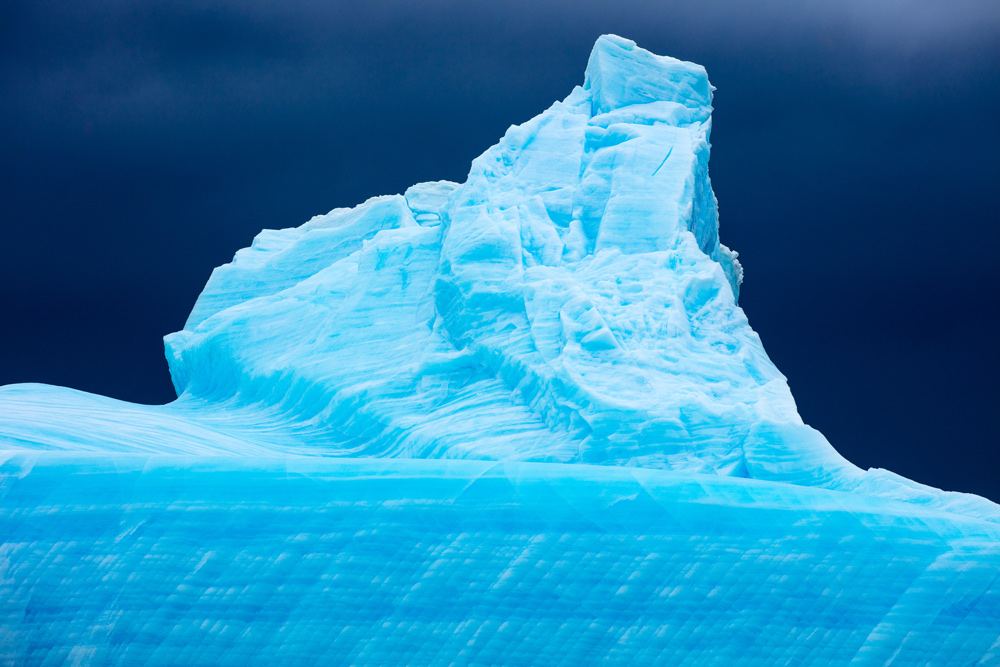
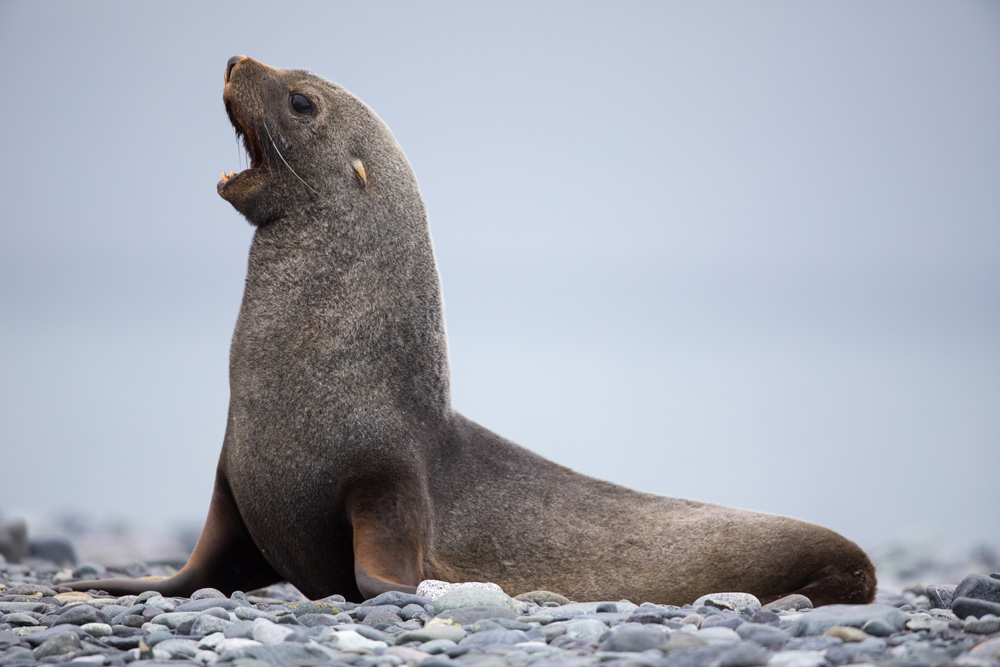
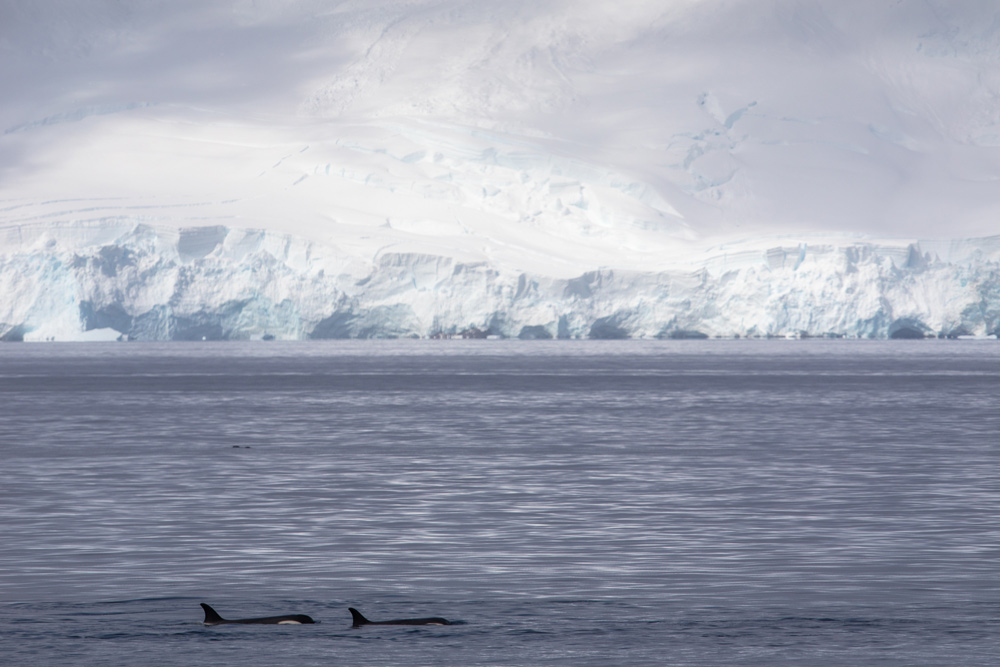
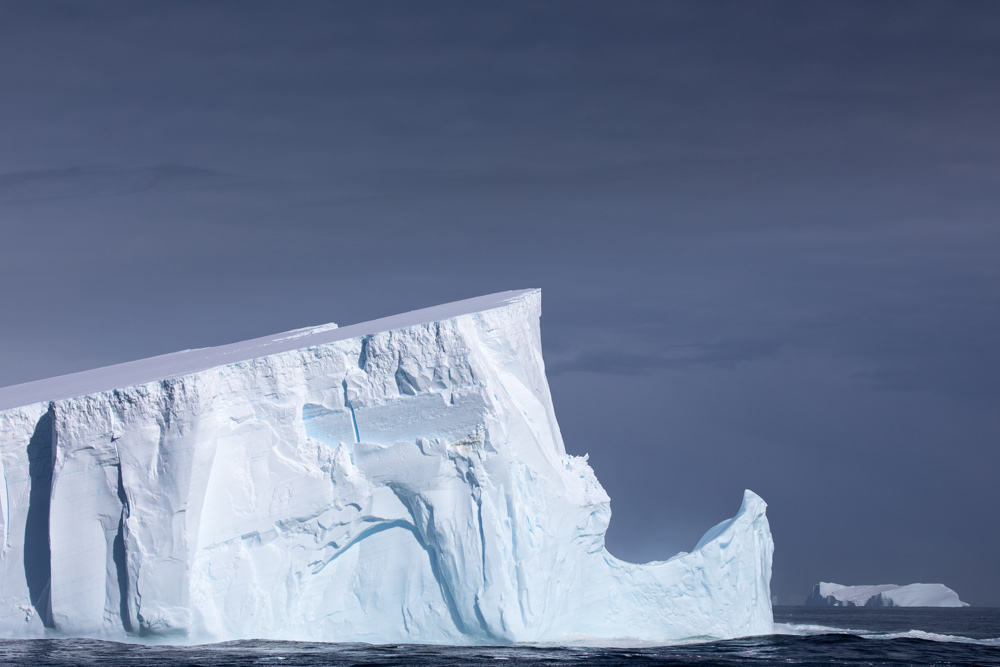
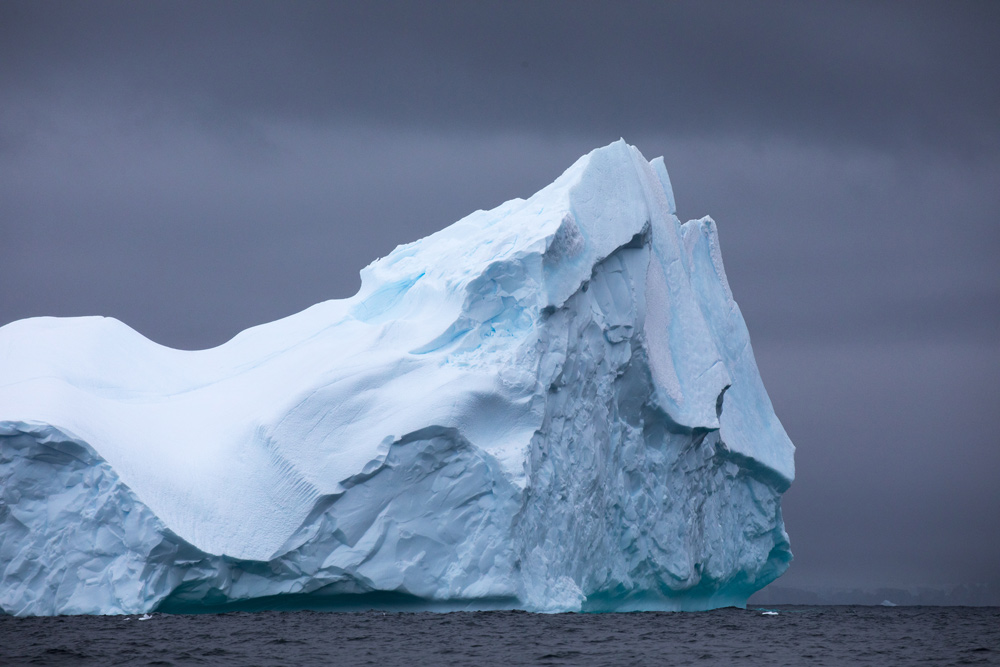
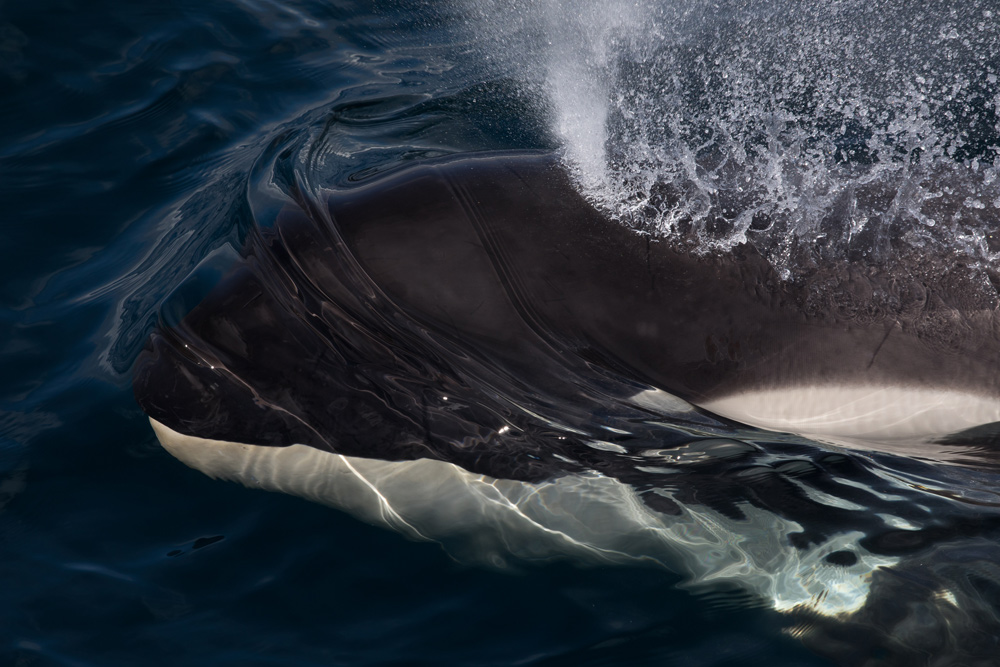
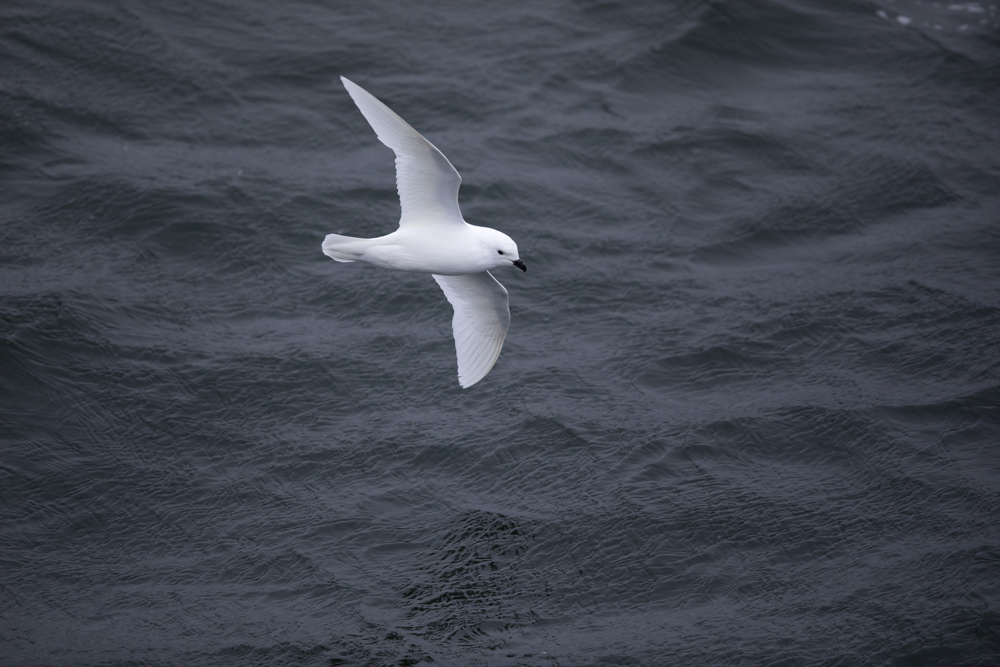
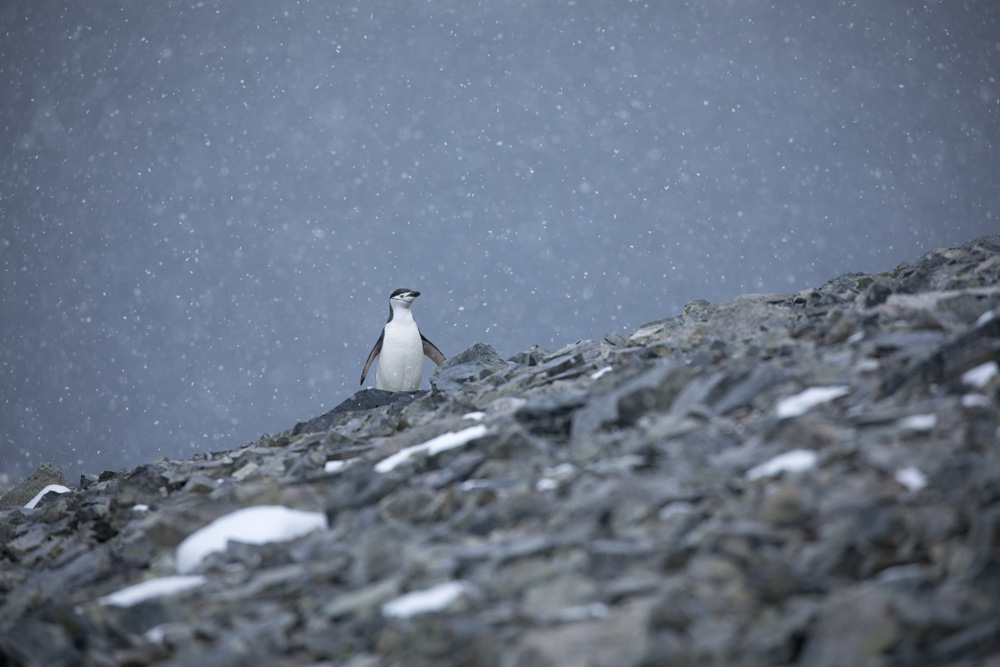
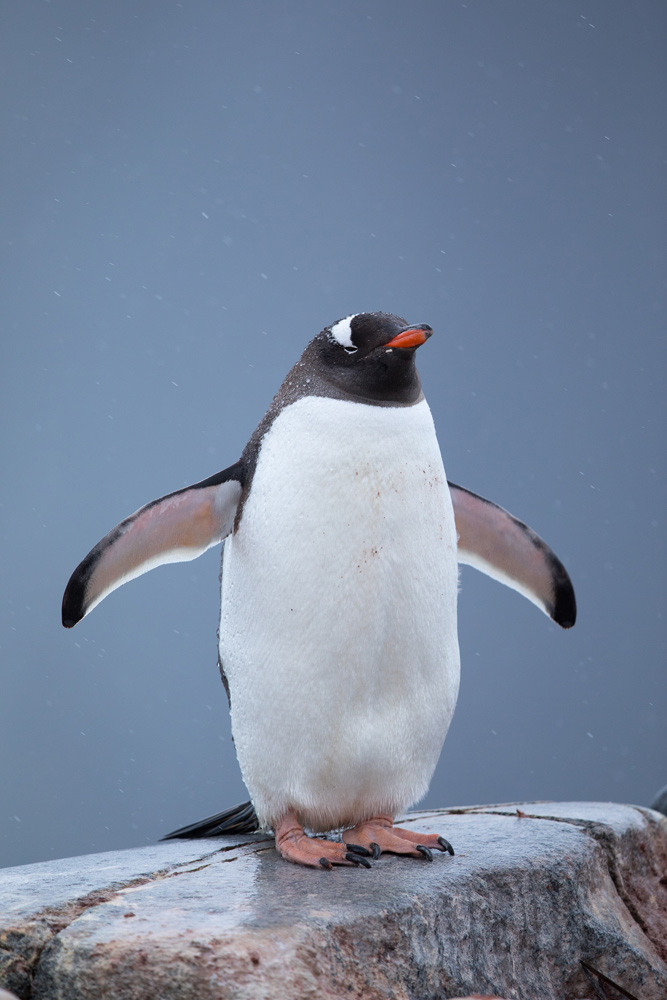
After a few days passed I noticed a commonality in the work I was producing and the weather we were experiencing. Warm, wet and dark. Outside of the first and last days of the trip, it was dark and cloudy, giving a tempestuous feeling to the trip. It rained for 4 days straight. Many of penguin rookeries we visited were free of snow with wet and lethargic chicks exhibiting the onset of early hypothermia. The adult’s feathers are water proofed, but the chick’s are not. The fluffy down absorbs the rain water and mats to the body, losing all insulation properties. Couple this with relentless wind and an average temp of 39F (3.9C) and you have a perfect storm for hypothermia.
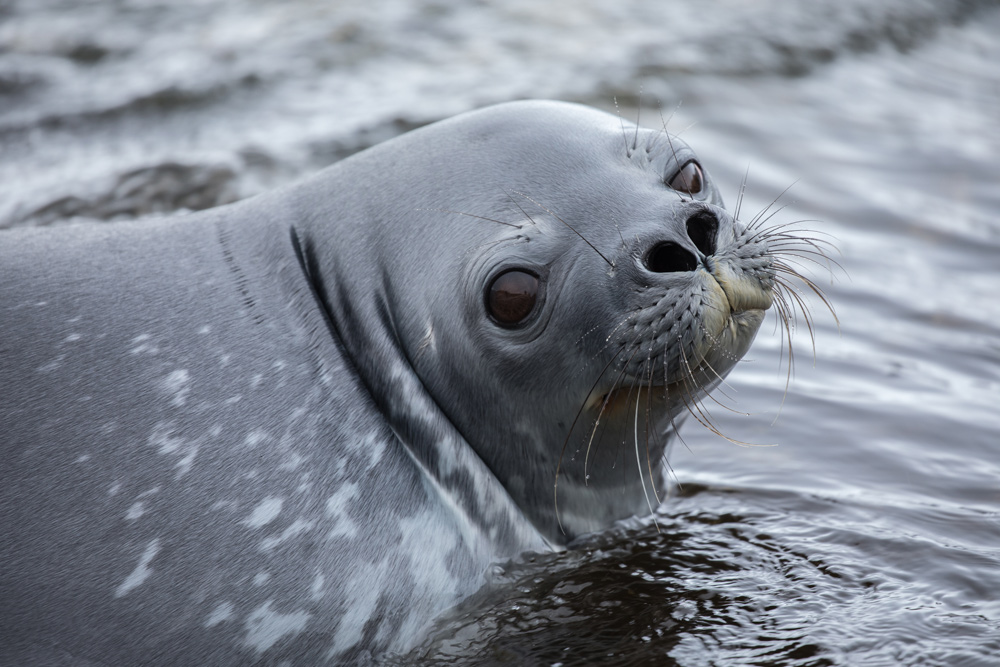
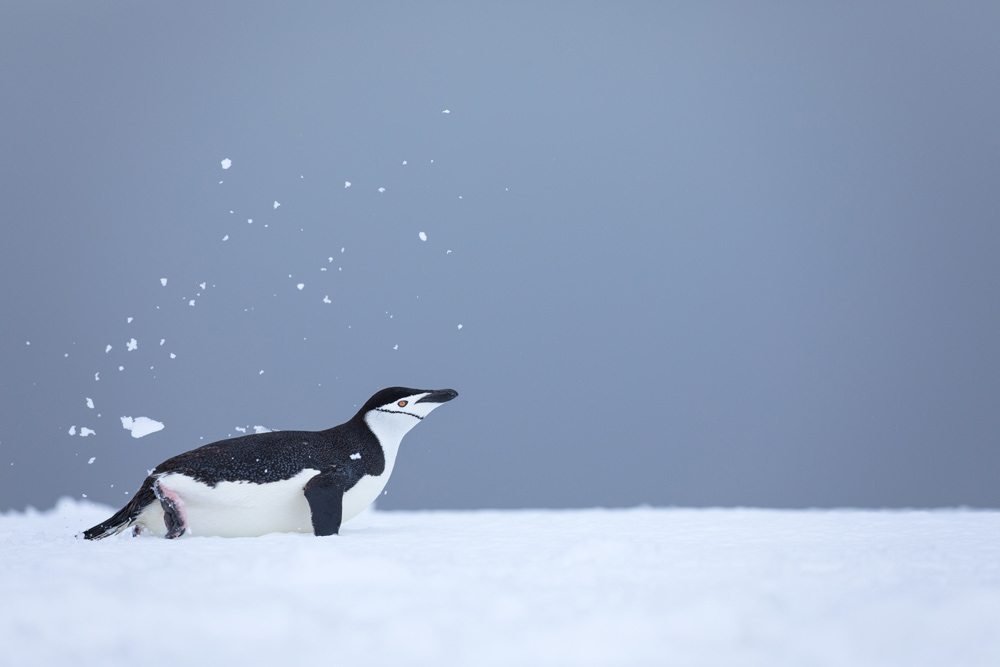
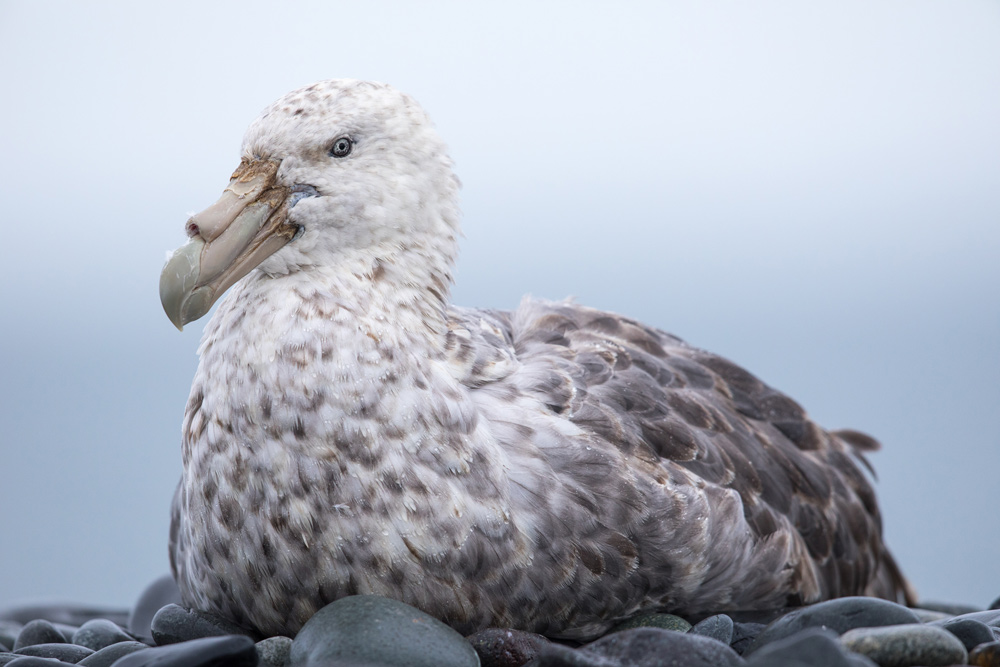
As we began our trip south of the Antarctic circle, one thing became apparent to me: outside of icebergs, there was not much sea ice, at least not like I had expected. It wasn’t until we got south of the Antarctic circle that we saw our first brash and sea ice. I found myself not only wondering what it looked like 100 years ago, but how it would look in 5, 10 and 20 years? Outside of the mountains, would the region be recognizable? Will storms become more frequent and volatile as they have in other regions of the world experiencing climate change induced impacts? What will happen to all the rookeries at sea level as ocean levels continue to rise? How will the change in ocean temperature and salinity affect aquatic life, especially krill and phytoplankton? Will we see a bottom up collapse of the Antarctic ecosystem? These problems aren’t just localized, the effects will transcend globally, impacting each and every one of us. We need to learn from these mistakes and aim to prevent further impact to other ecosystems.
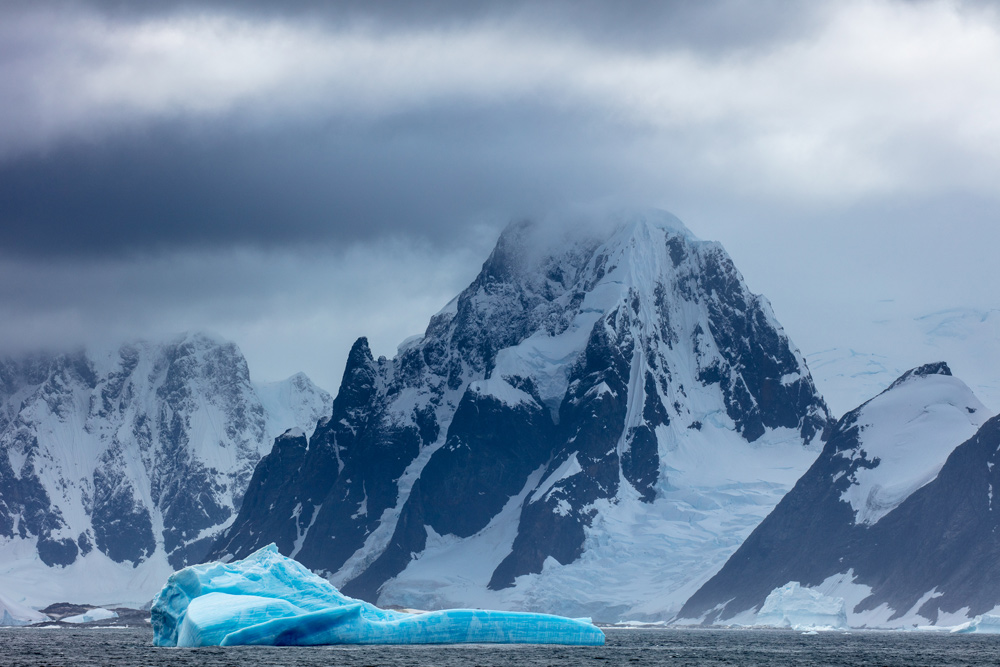
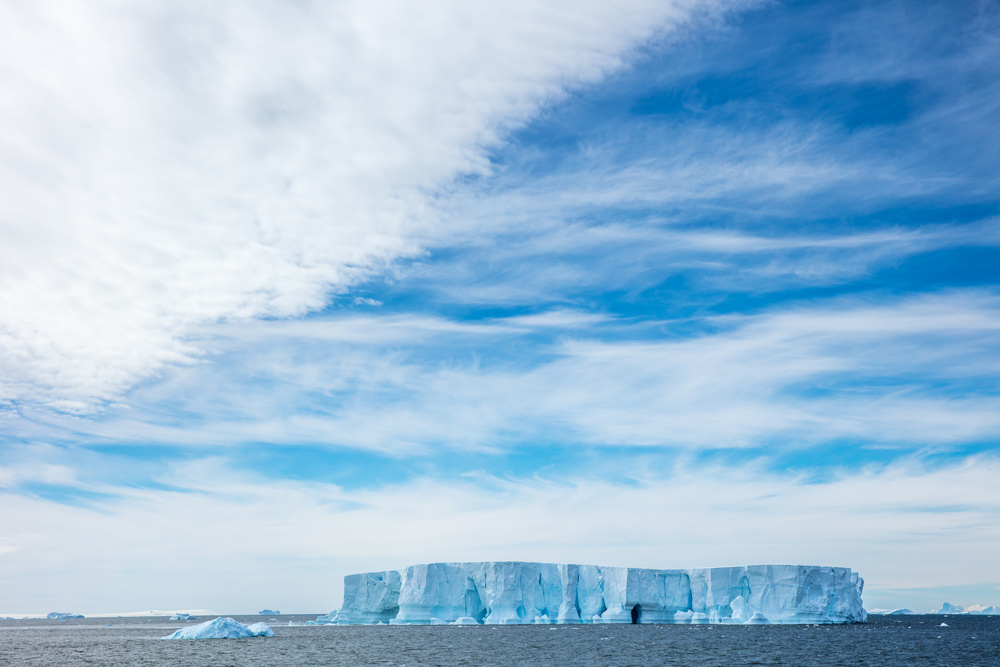
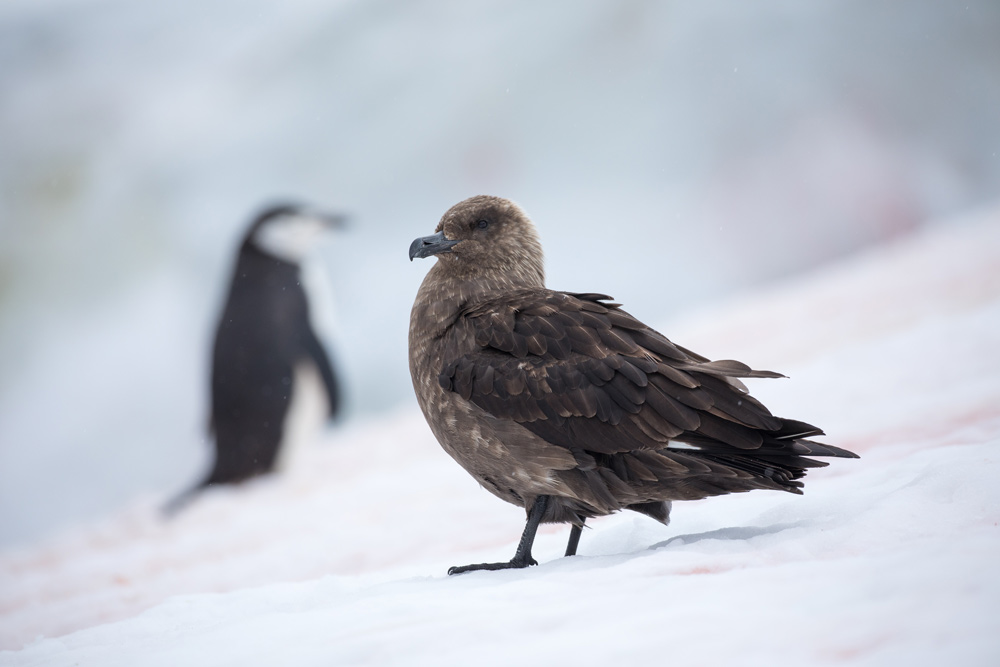
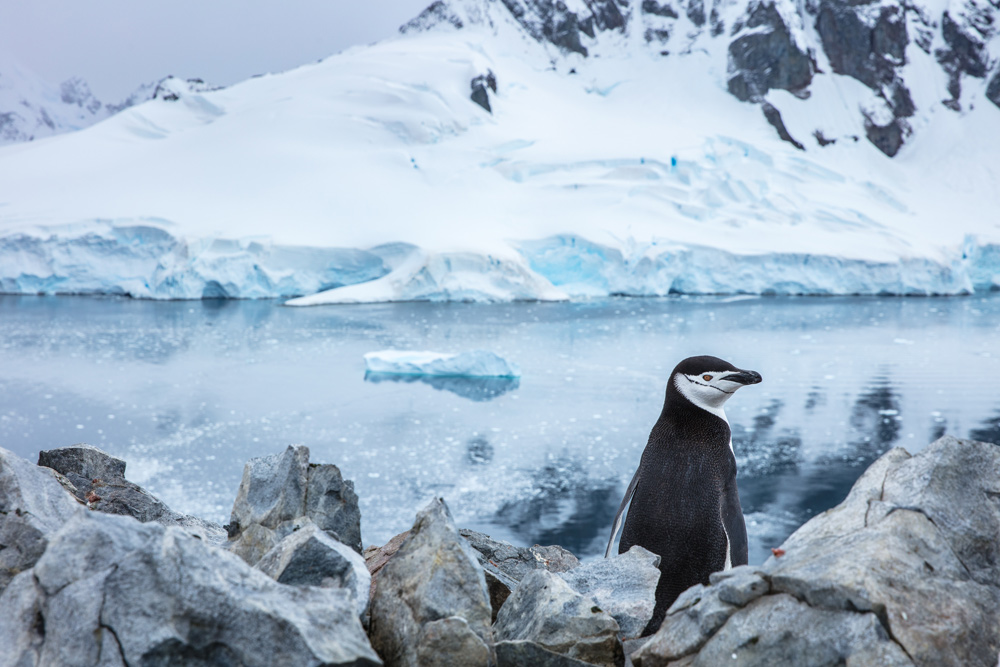
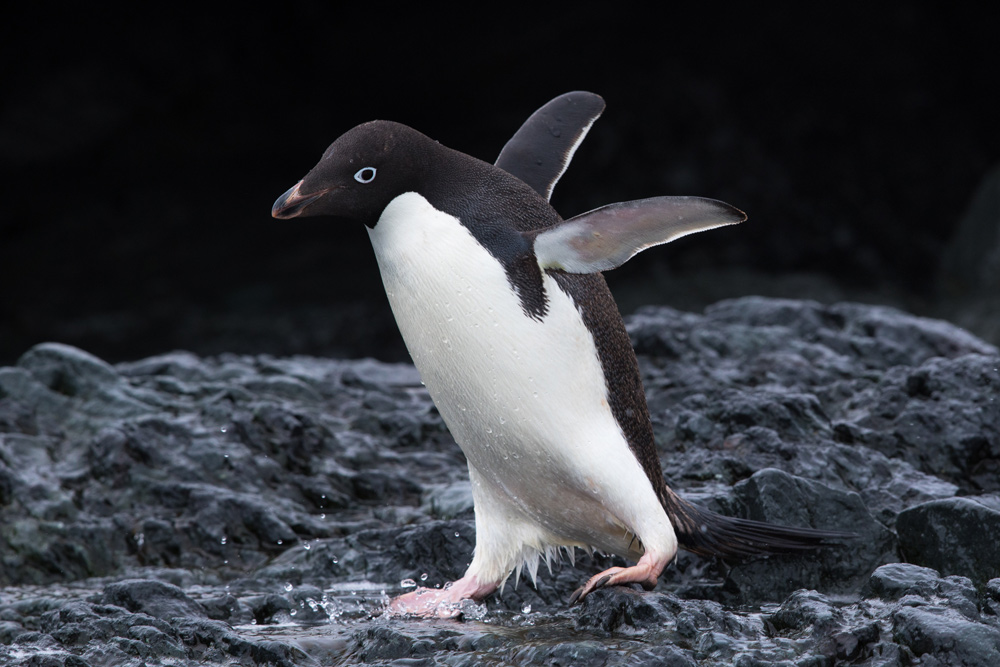
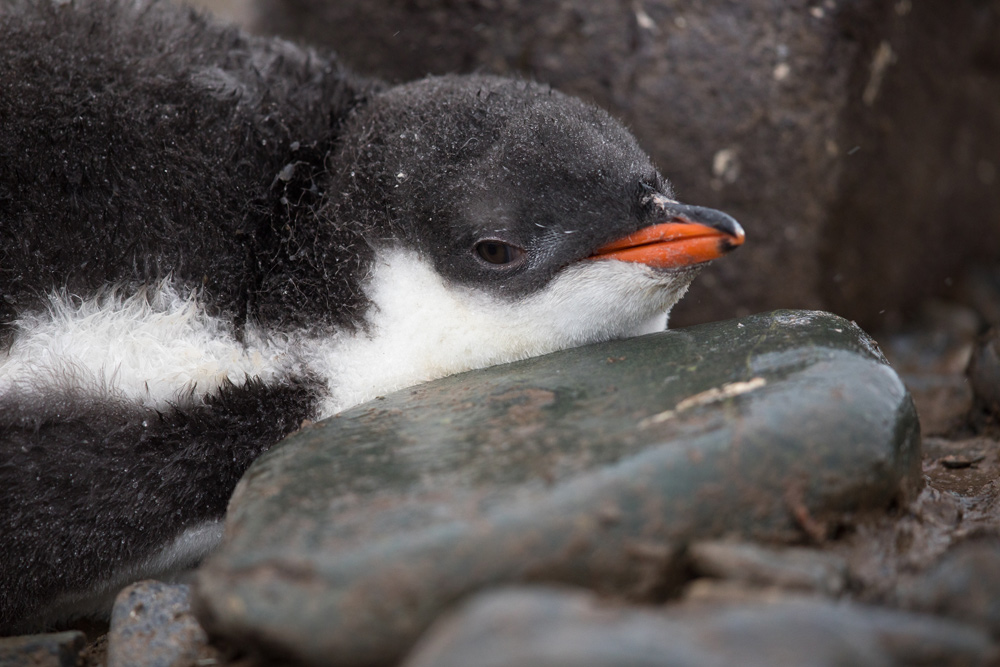
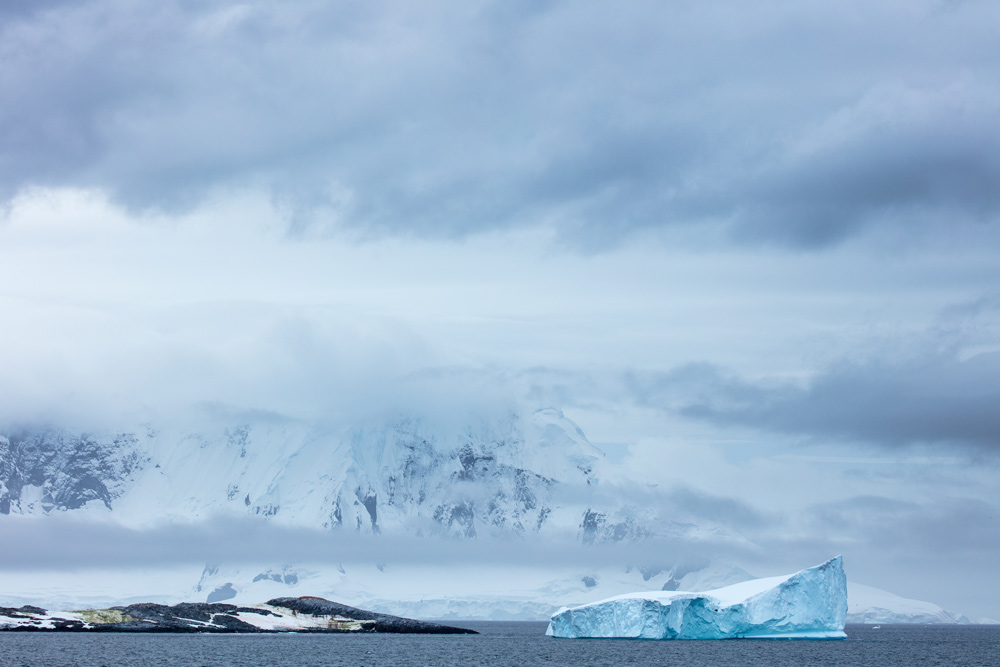
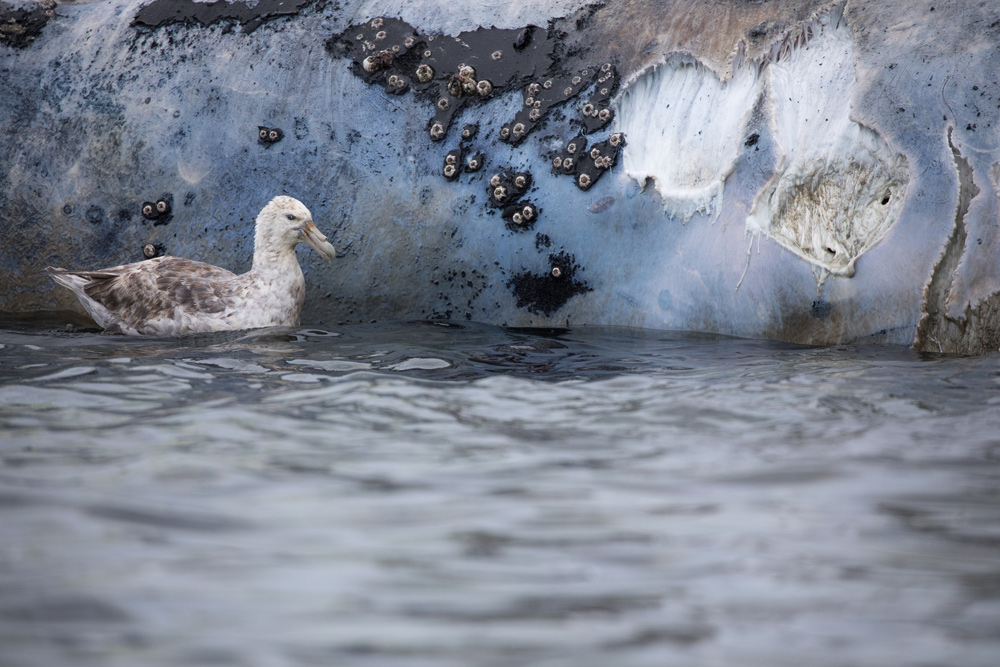

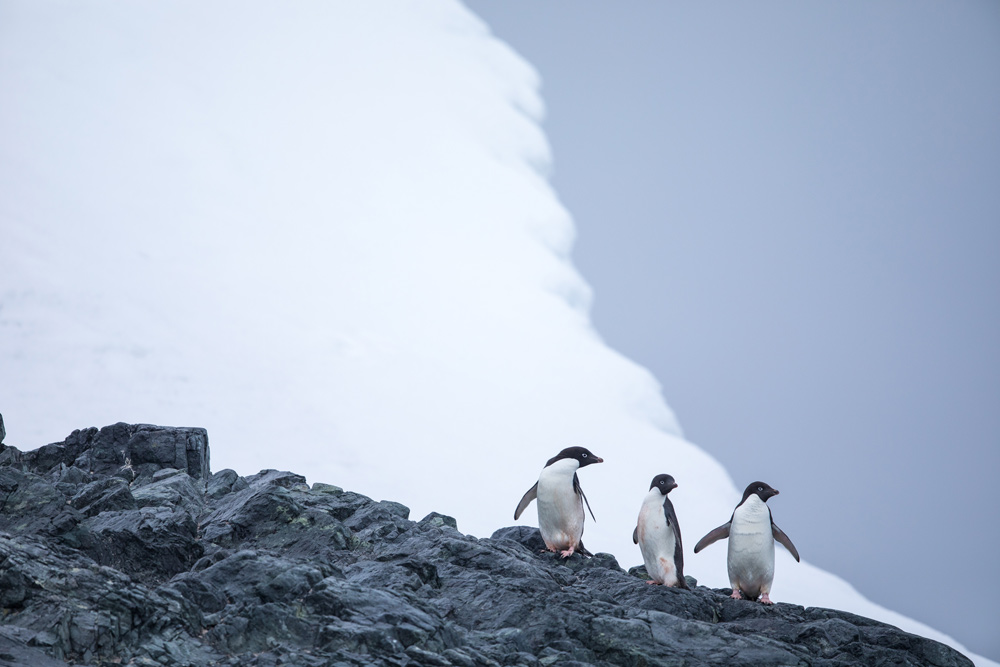
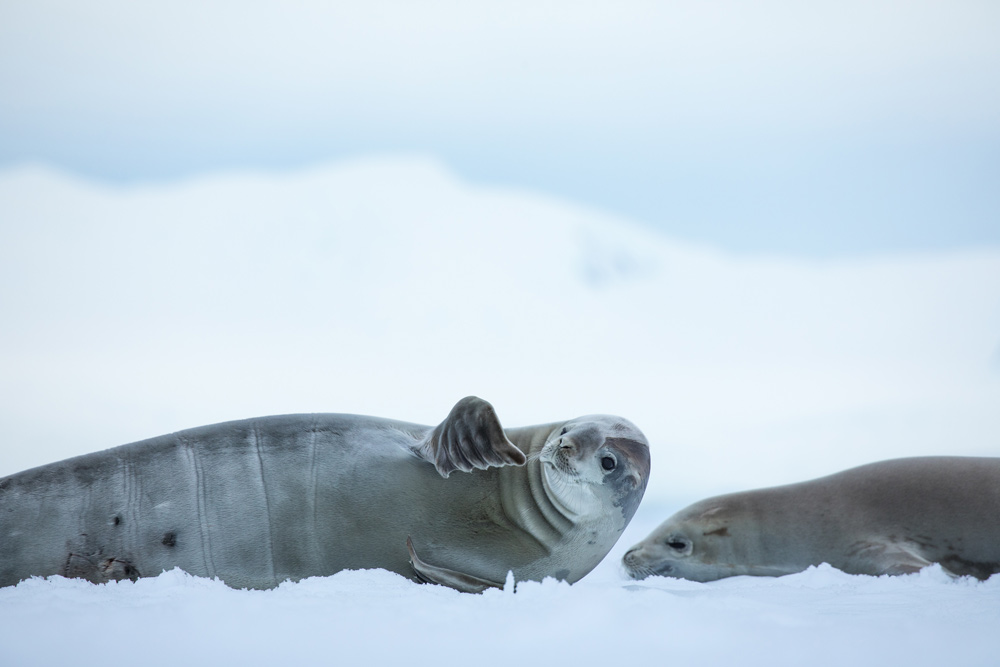
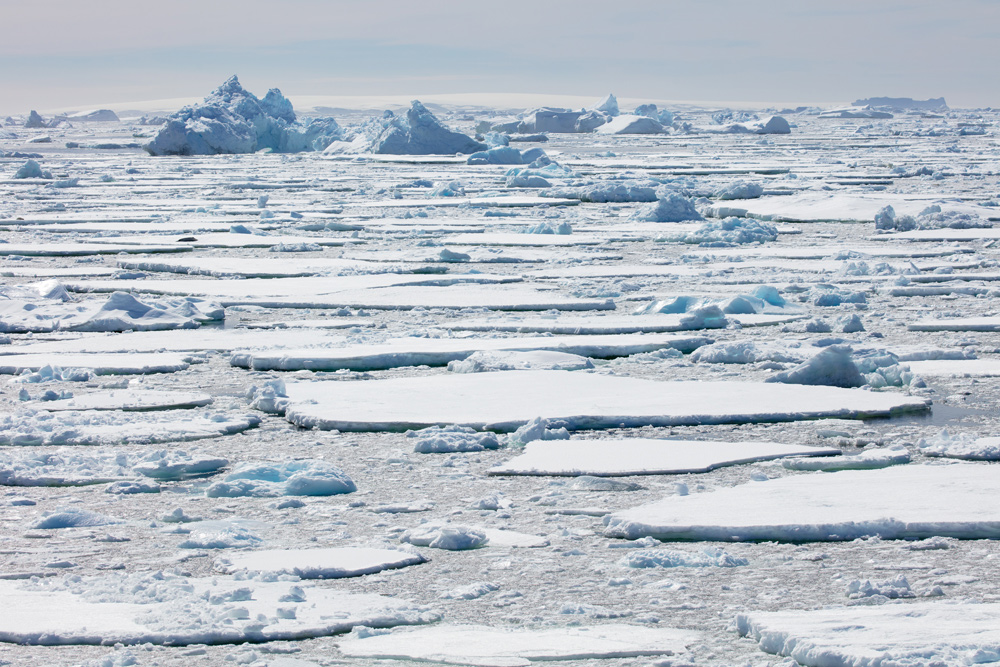
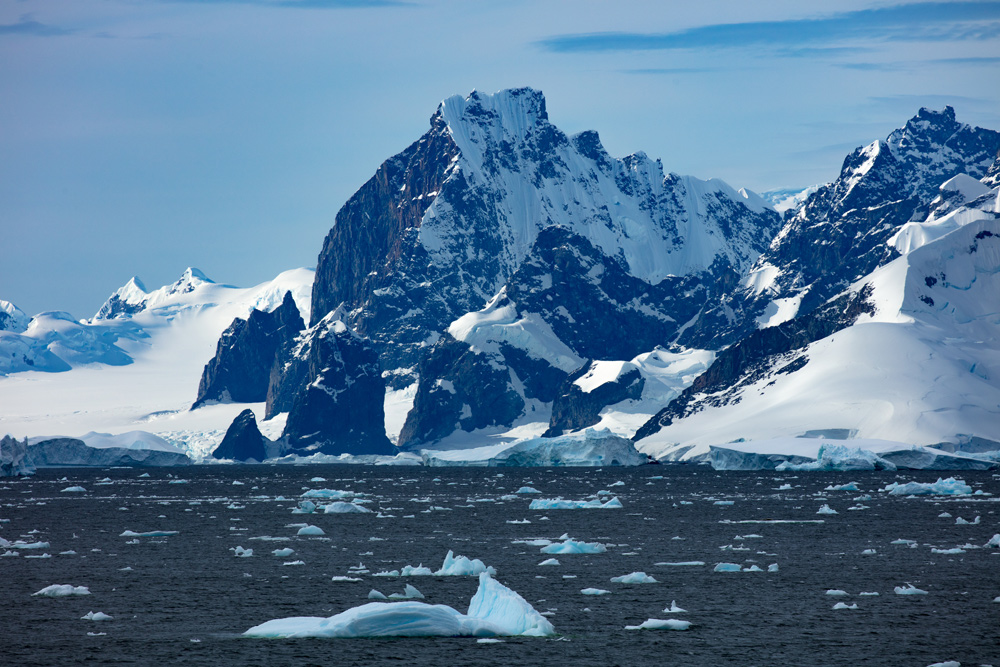
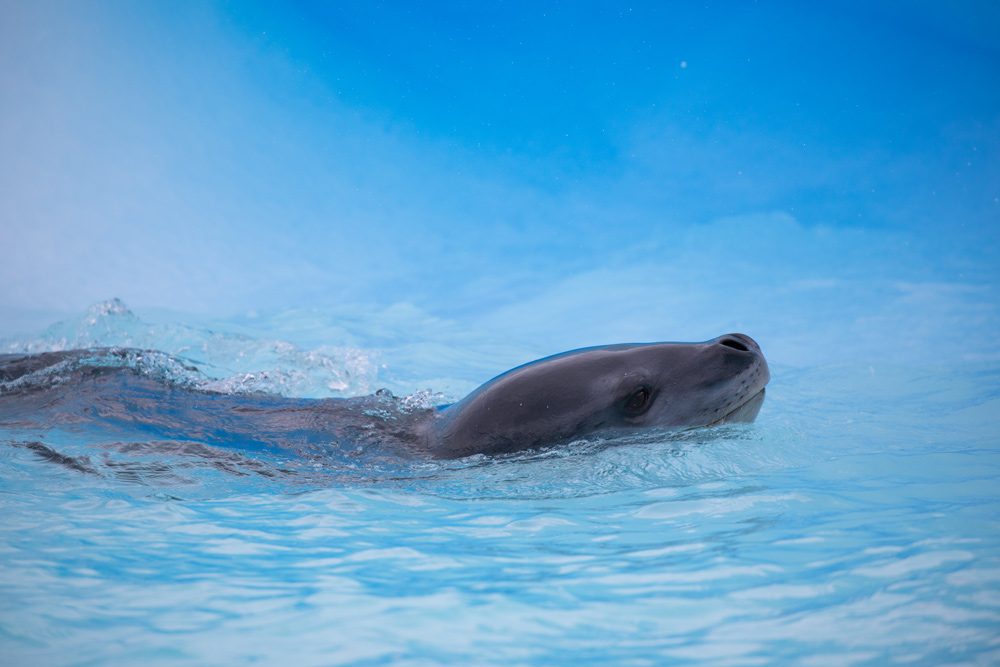
Thanks!
Ben
Ben Olson
September 2019
Burnsville, MN
Benjamin Olson is a conservation photographer based in Minnesota. His childhood revolved around wildlife, fishing, and hunting. After discovering the wonders of photography, he changed his focus to wildlife encounters as seen through a camera lens. He has a Bachelors Degree in Biology with an emphasis in Ecology, Ethology and Evolution, plus an A.A.S. in Digital Imaging Technology. Ben's long term goal is to use photography to promote awareness of the perils the natural world faces today while working towards conservation and environmental restoration. "As a photographer, I spend countless hours in the field chasing elusive wildlife, temperamental weather, and fleeting light. I am fortunate if I walk away with an amazing picture at the end of the day. Only a handful of images I capture each year merit a spot in my portfolio. Immersing myself in nature has become a way of life, and I am grateful for the opportunities I have had and I am excited for the experiences to come; the ability to capture these rare moments and to share them with the world fills me with enthusiasm for life and the motivation needed to use my work towards conservation and environmental awareness efforts." All of his images represented are depictions of reality. Minimal post-processing is applied to each image, nothing is added or removed from any images. All wildlife images are wild animals captured in their natural environment without the use of bait, feeding or playback calls. Ben strives to capture nature as it is, with minimal human impact. "I subscribe to the philosophy of 'leave no trace' in my photography," he says. Ben has already received numerous photography awards. The North American Nature Photography Association scholarship paired him with some of the industry's best photojournalists and editors. A three-time winner and placer of Nature's Best Photography Windland Smith awards. His work has been published by the Washington Post, Patagonia, National Wildlife Federation, Audubon, and many others. He is an emerging league photographer with the International League of Conservation Photographers (iLCP).






